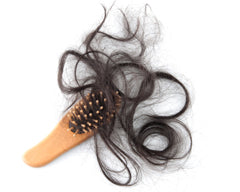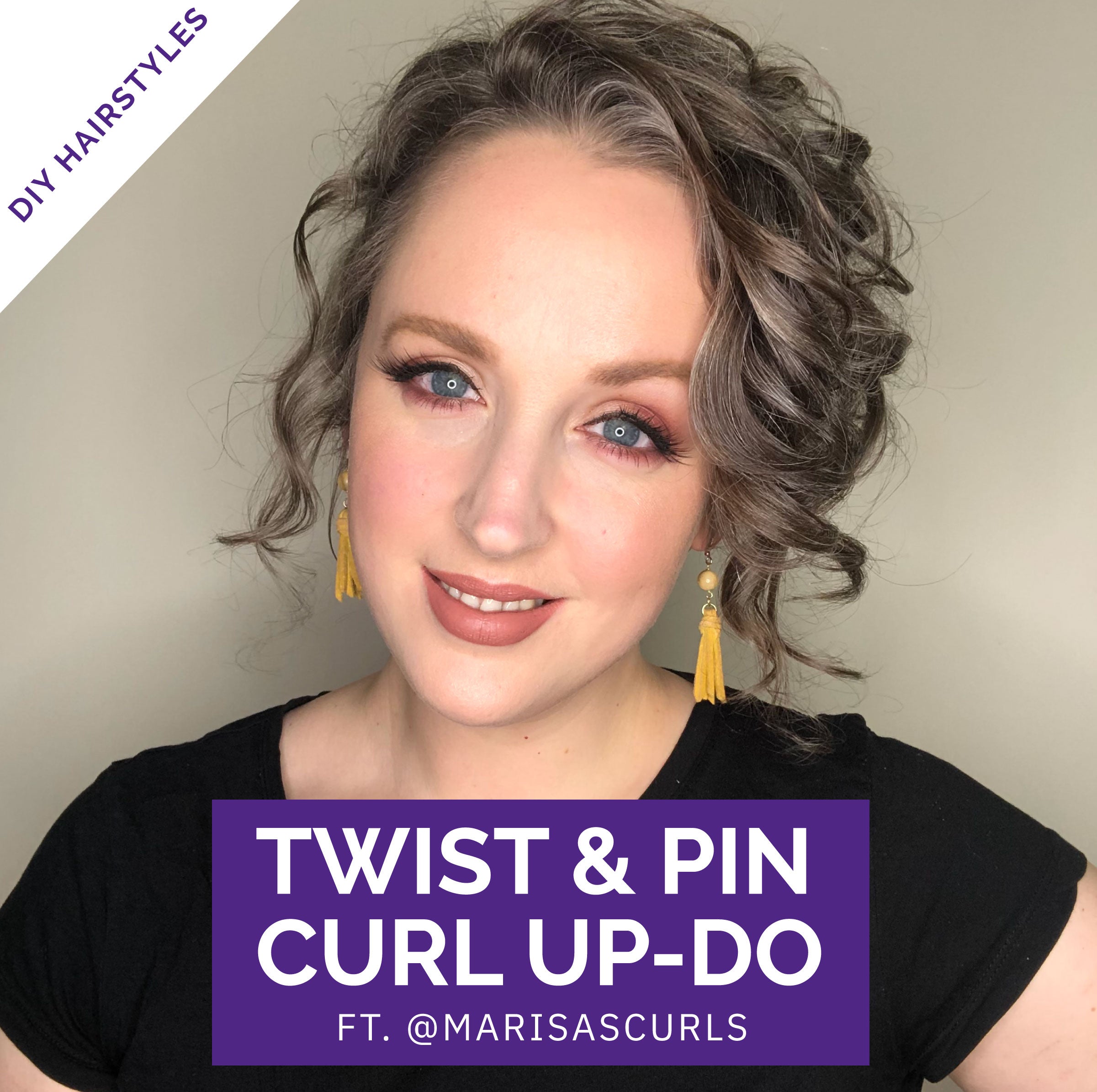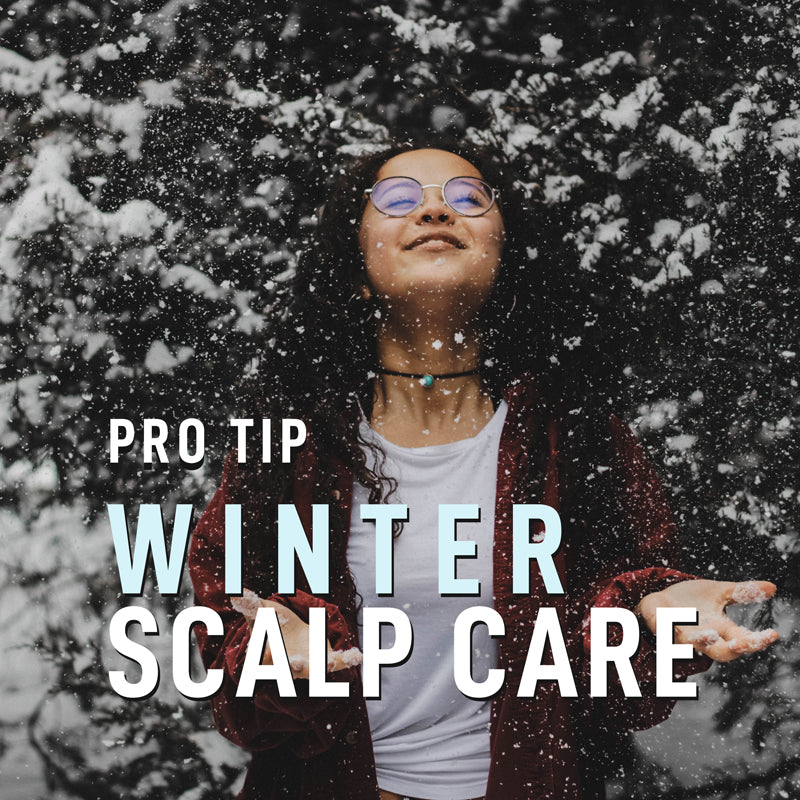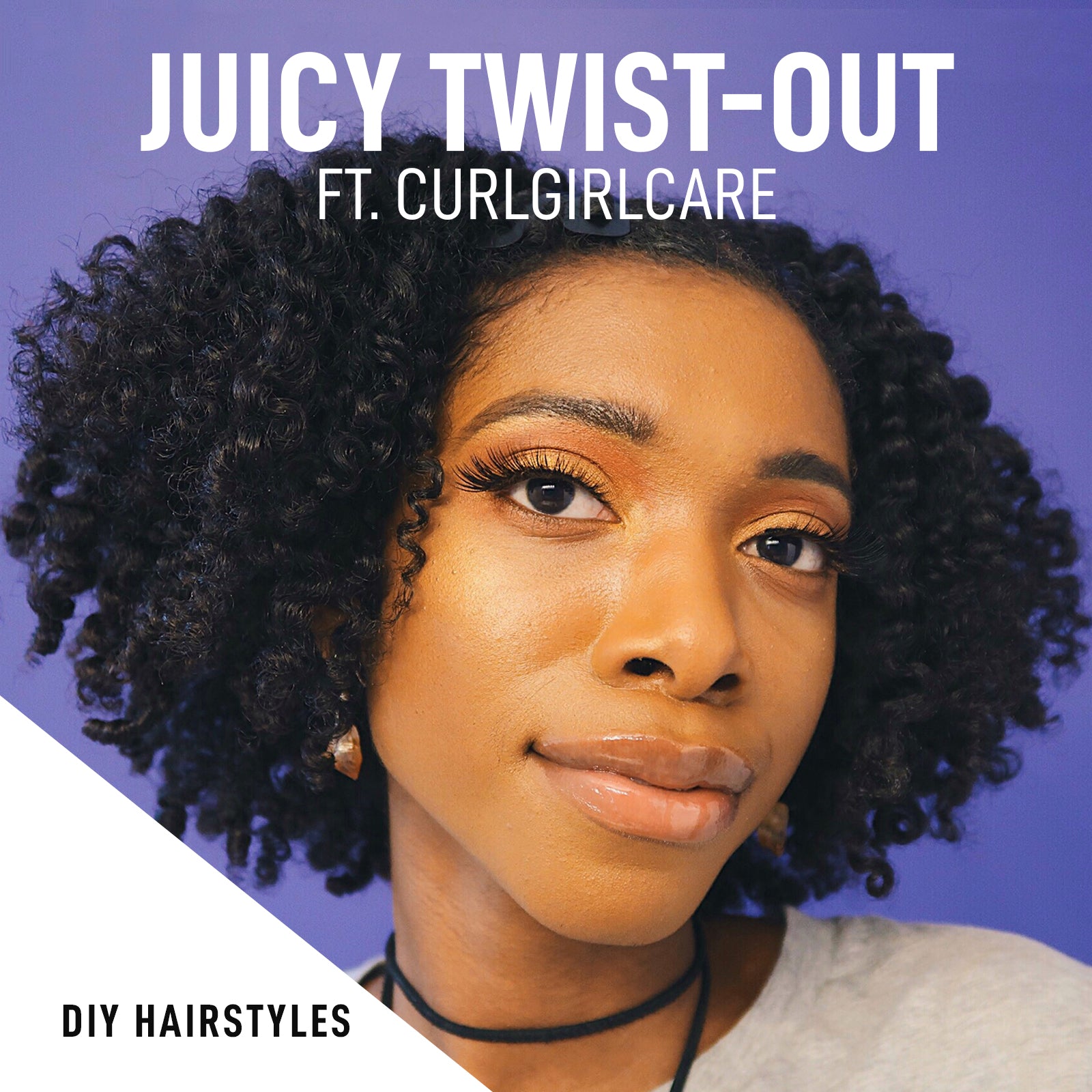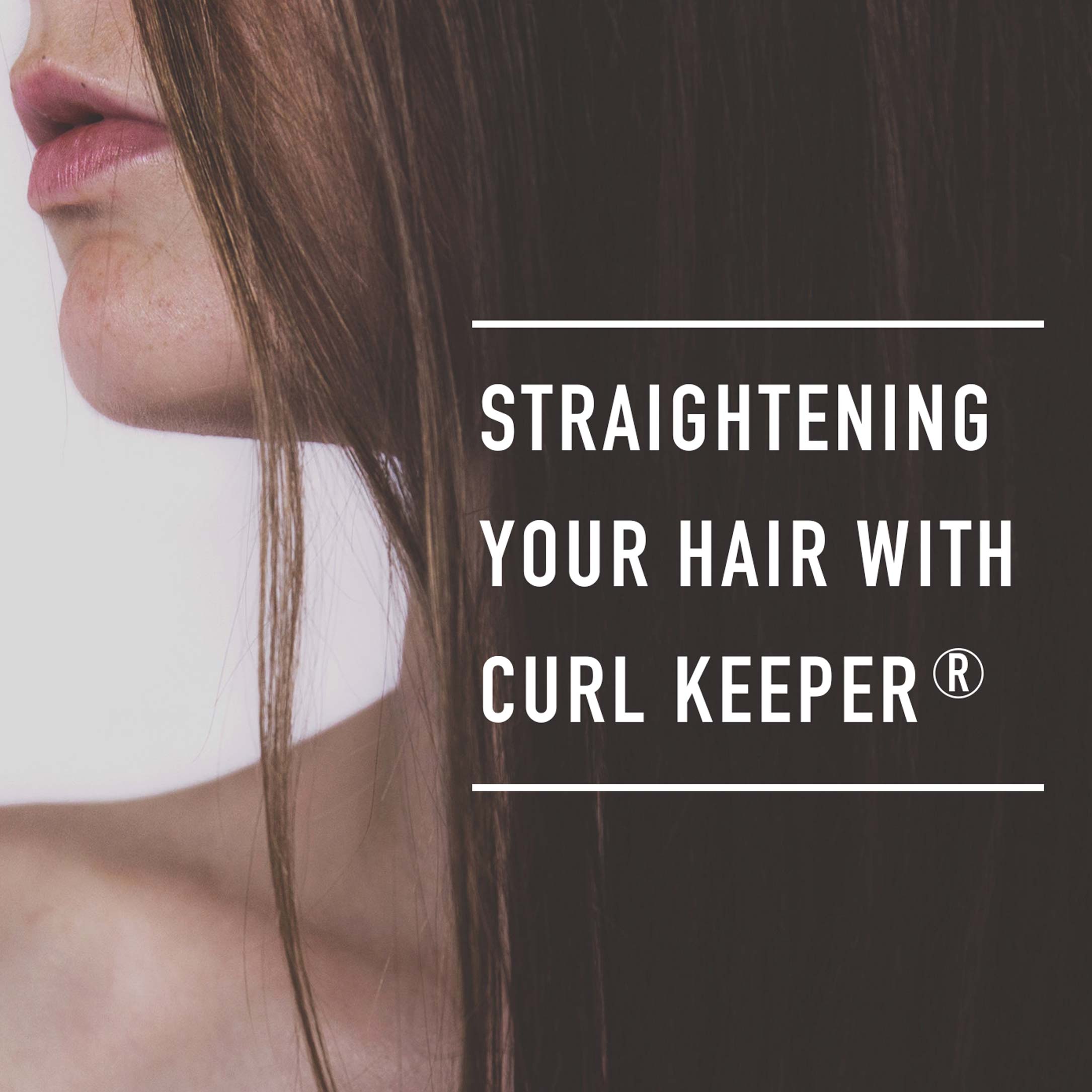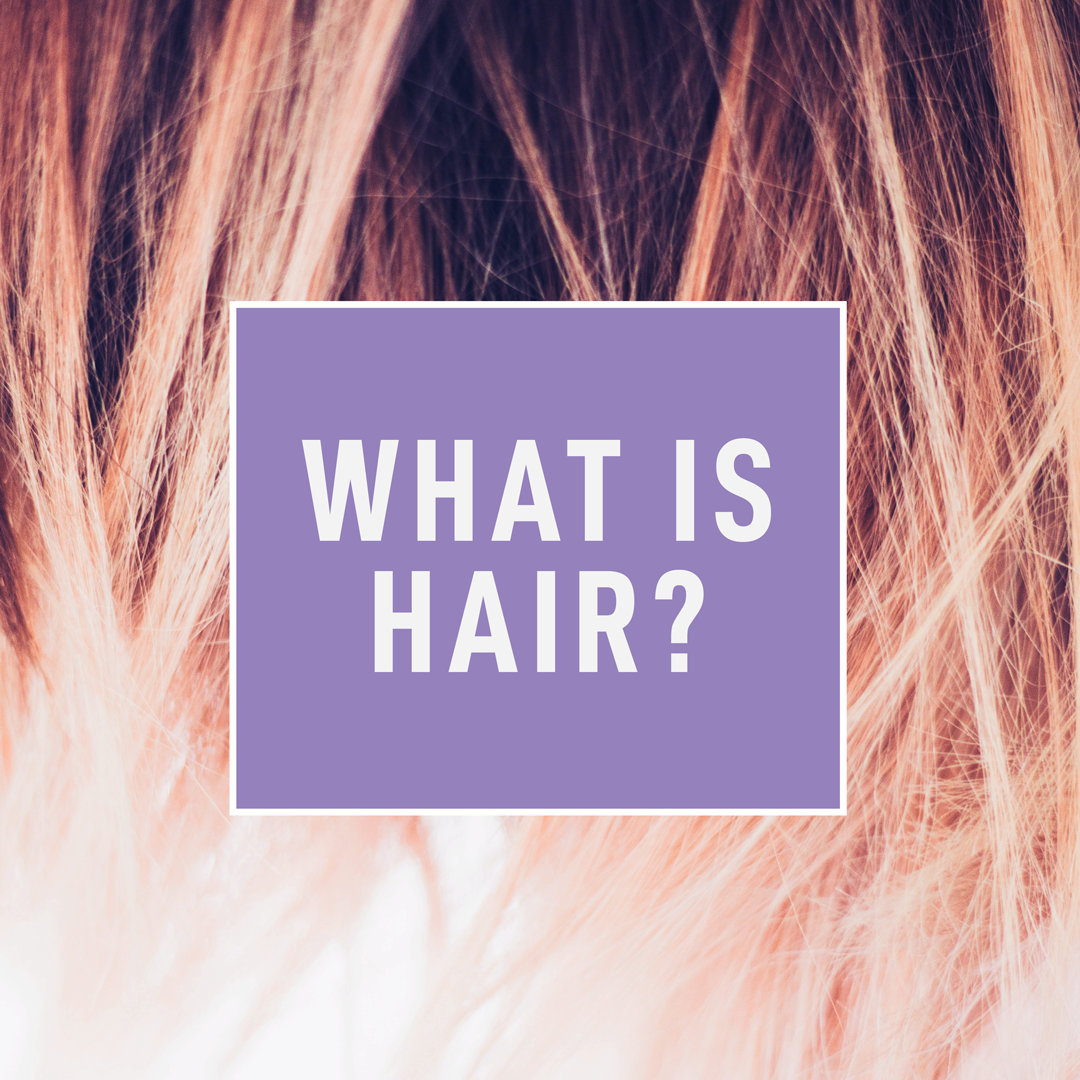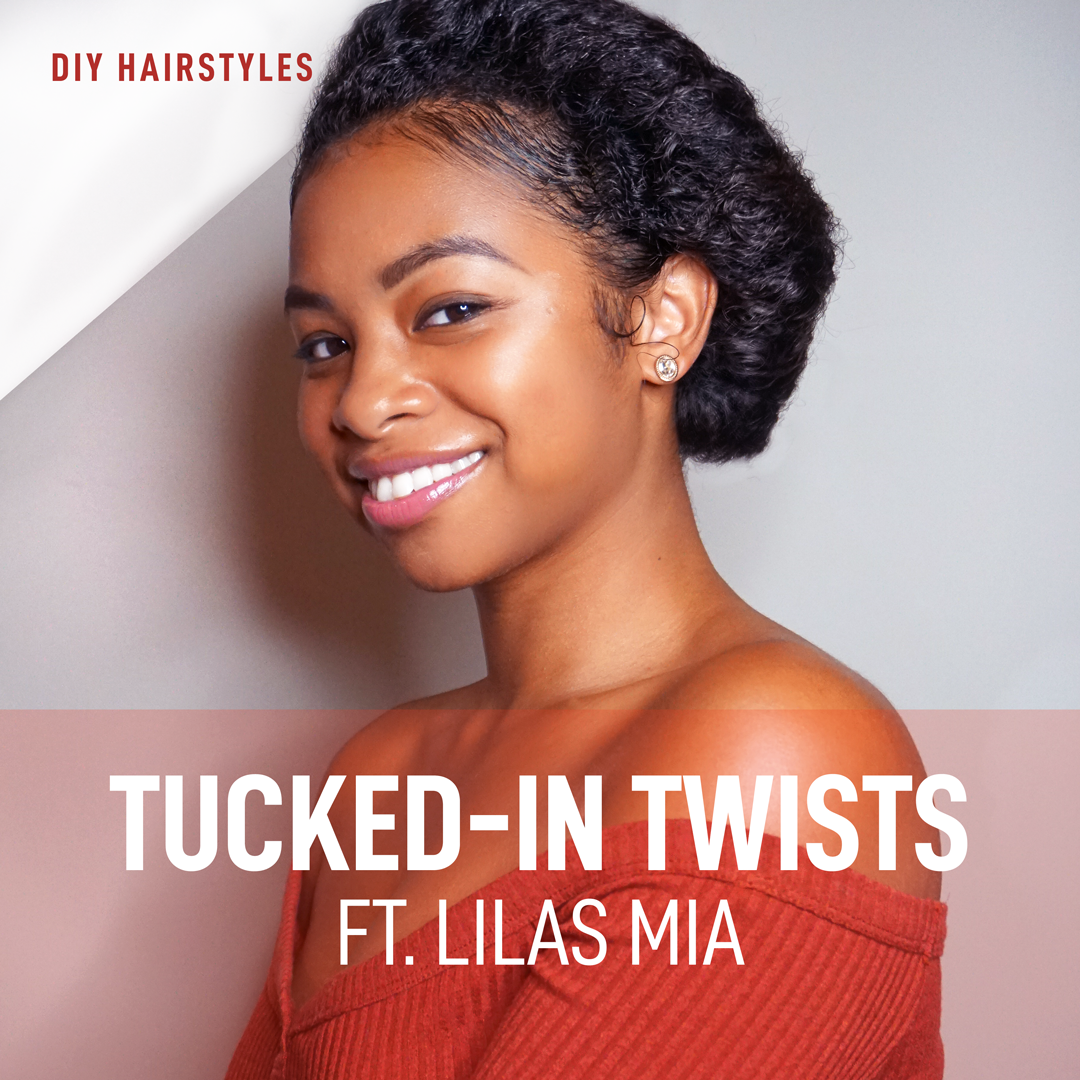A few months ago, I wrote about my love-hate relationship with my shower. A place of refuge from the stresses of the world, the shower also became a collection point for what seemed to be an ever-growing ball of hair that always collected in my drain.
Although I’ve gotten the clogs handled, the number of strands I saw in my wide-toothed comb and on the floor worried me. Seeing so much hair no longer attached to my head made me wonder how much of my hair loss was normal, and a quick Internet search showed this was a common question or concern for all women, but particularly those of us with textured hair. Is shedding and breakage more of an issue for us, and if so, what should we do about it?
Candy Lewis, an Ohio naturopathic doctor and trichologist who started her career as a cosmetologist, began studying hair loss after years of working with her salon clients to find solutions to their hair concerns. Hiding thinning spots or finding styles that improved the appearance of their hair were temporary solutions, but Lewis wanted to get to the root of the problem, so to speak, to find a longer-term solution.
“Everyone has their ‘normal’ when it comes to the amount of hair shed, and it usually depends on their normal hormonal cycles,” Lewis said. A loss of 80-100 strands daily is the average for most women.
Sometimes, the issue could be situational, such as a bad reaction to a new styling product or food sensitivity. Hormonal changes related to the beginning or end of pregnancy and birth control use can lead to hair loss. Stress is often listed as a culprit, although Lewis says stress-related hair loss usually results from an abnormal stressor newly introduced in one’s life.
“Many of us, especially women, operate at basic level of stress every day simply balancing work, family and personal obligations,” Lewis said.
Asking the right questions and completing the examinations can help Lewis prescribe a course of action, such as nutritional and hormonal assistance, if the hair loss is of a temporary nature. If the condition is genetic or autoimmune, drug therapies can be used to prevent further hair loss can be started.
Lewis also explained the difference between breakage and shedding – the former causes hair to break somewhere along the strand, and usually can be halted through healthier exterior hair care techniques. Shedding, which results in hair loss directly from the follicle, is a normal part of the growth cycle unless it takes place in excess.
Curly hair isn’t more likely to shed, Lewis said, but its fragile nature can make it more prone to breakage from over-processing, pulling and improper cleansing, which could explain why women with curly hair might think they’re suffering from internal causes of hair loss.
During the past two years, I’ve experienced pregnancy and childbirth, and struggled through decreased hours of sleep while caring for a new baby. I have no doubt those hormonal and lifestyle changes affected my hair growth cycles, both by contributing to significant length during pregnancy and more significant shedding afterward.
Now that my life has adjusted to this new normal, the shedding has leveled off. And, understanding what I know now about hair loss, I won’t feel too worried when I see what looks like 100 strands going down my drain – as Dr. Lewis mentions, that’s perfectly normal.
Written By: Shannon Shelton Miller
Since going natural in college more than 10 years ago (wow, time flies), Shannons hair journey has taken her through life in humid and dry climates, product junkie-ism, hair show modeling, wedding-hair styling and now, the world of “mom” hair. Shannon lives in Ohio with her husband and 1-year-old son, and continues to enjoy exploring the world of curly hair.











